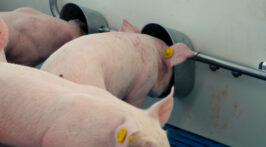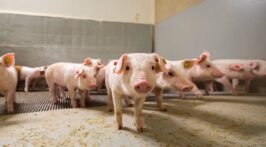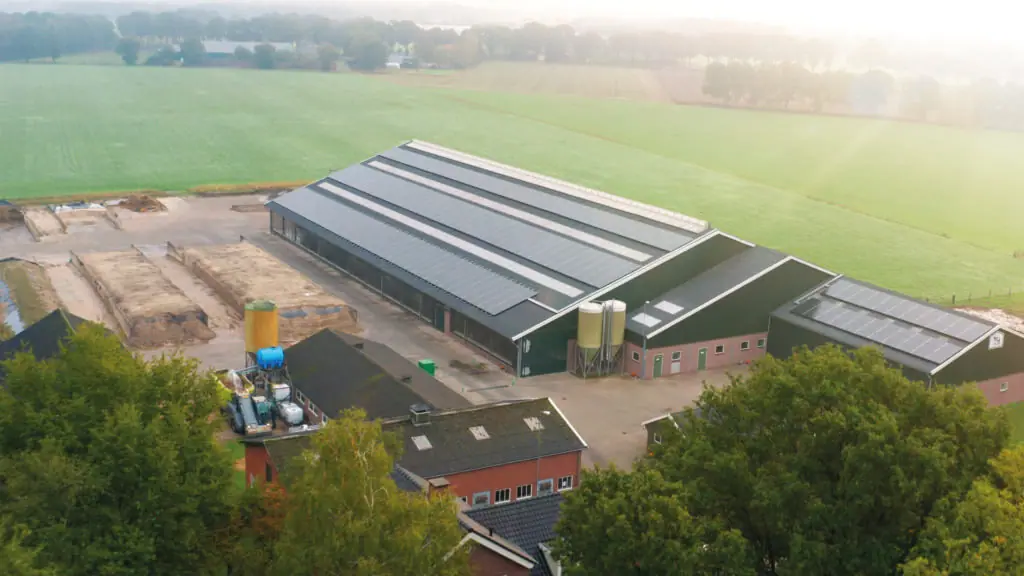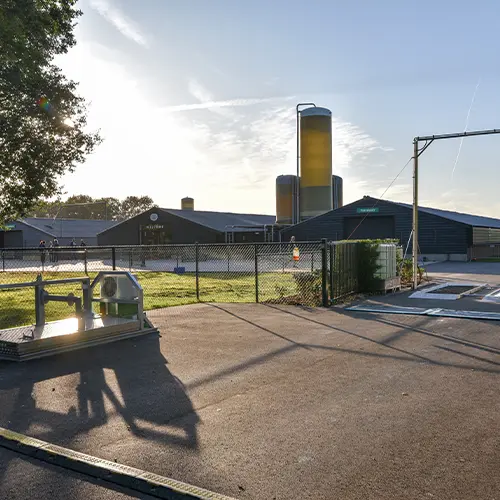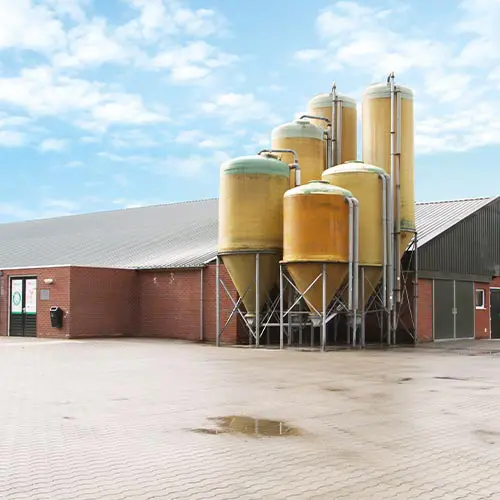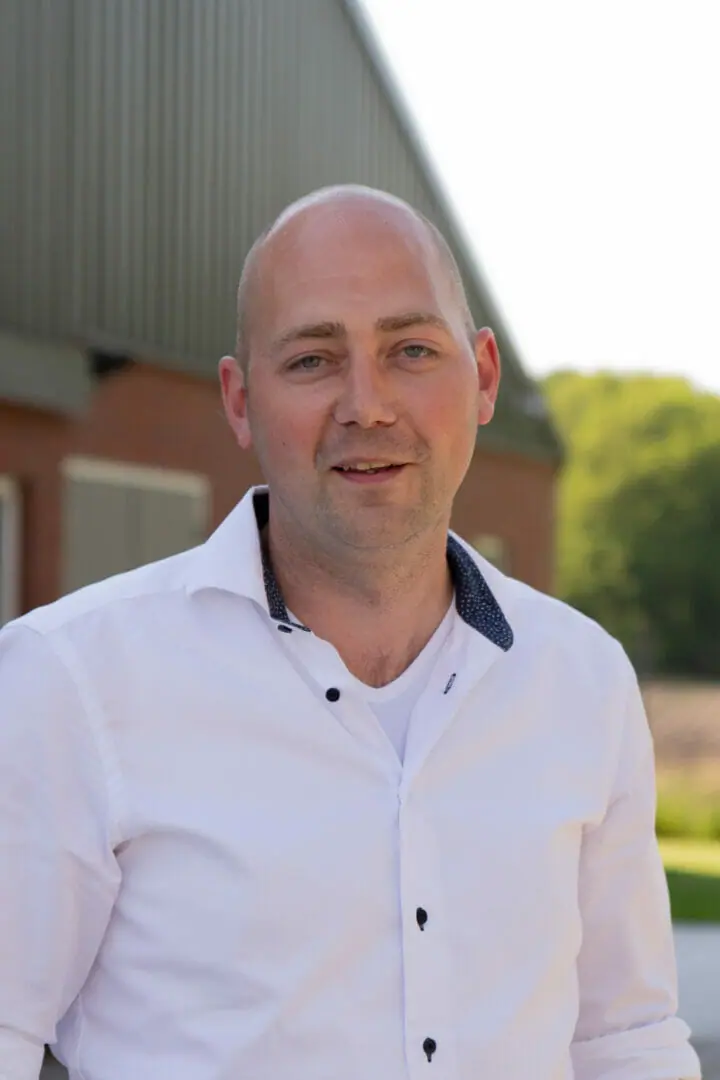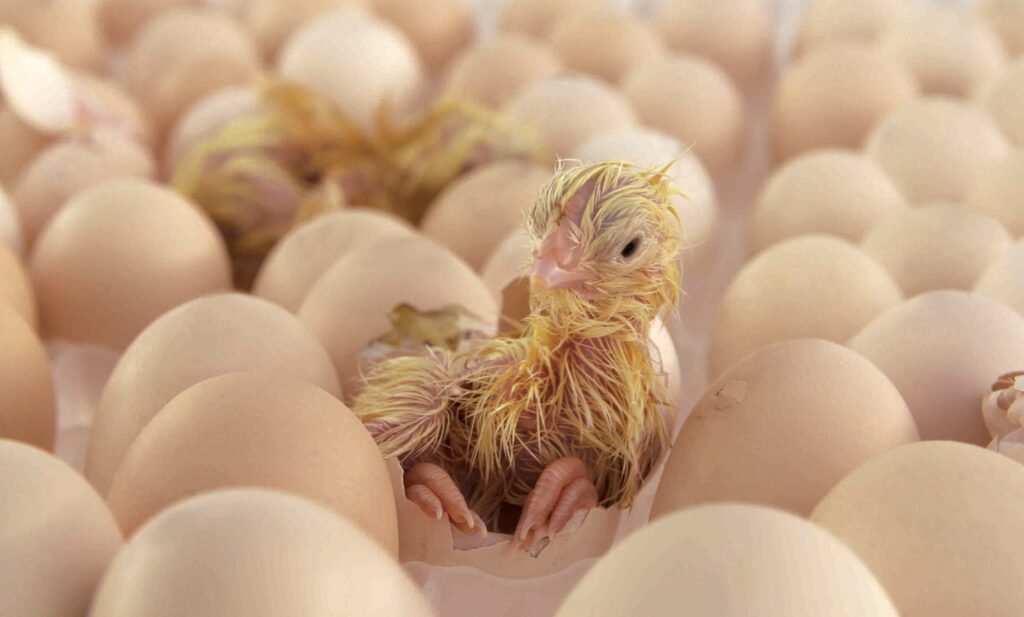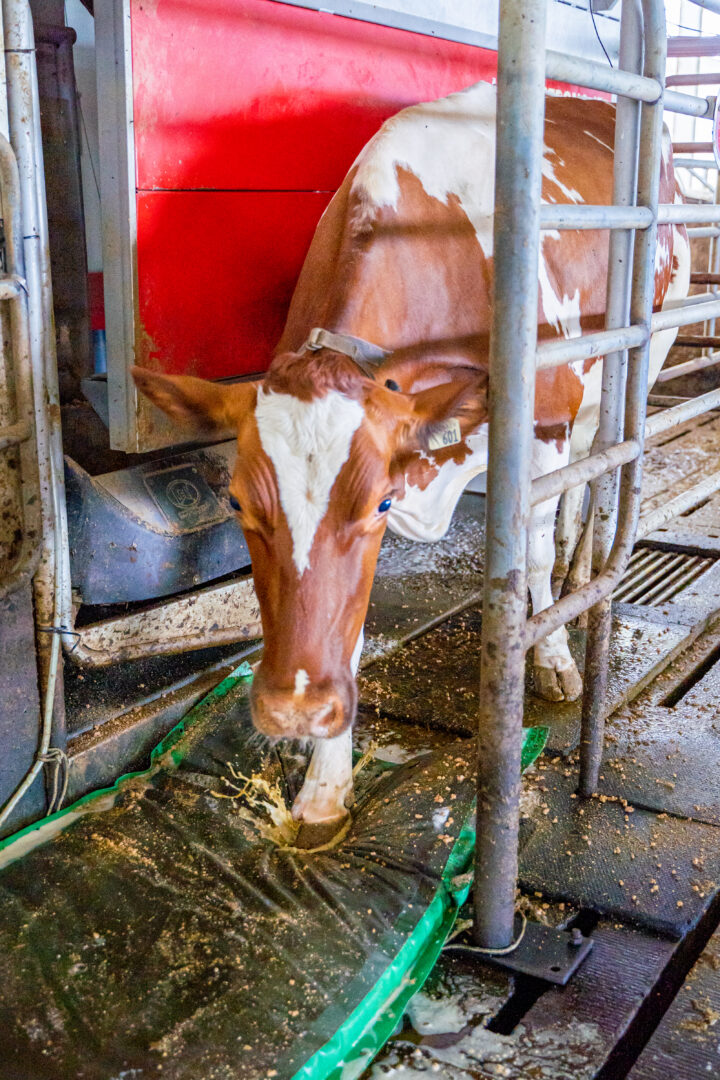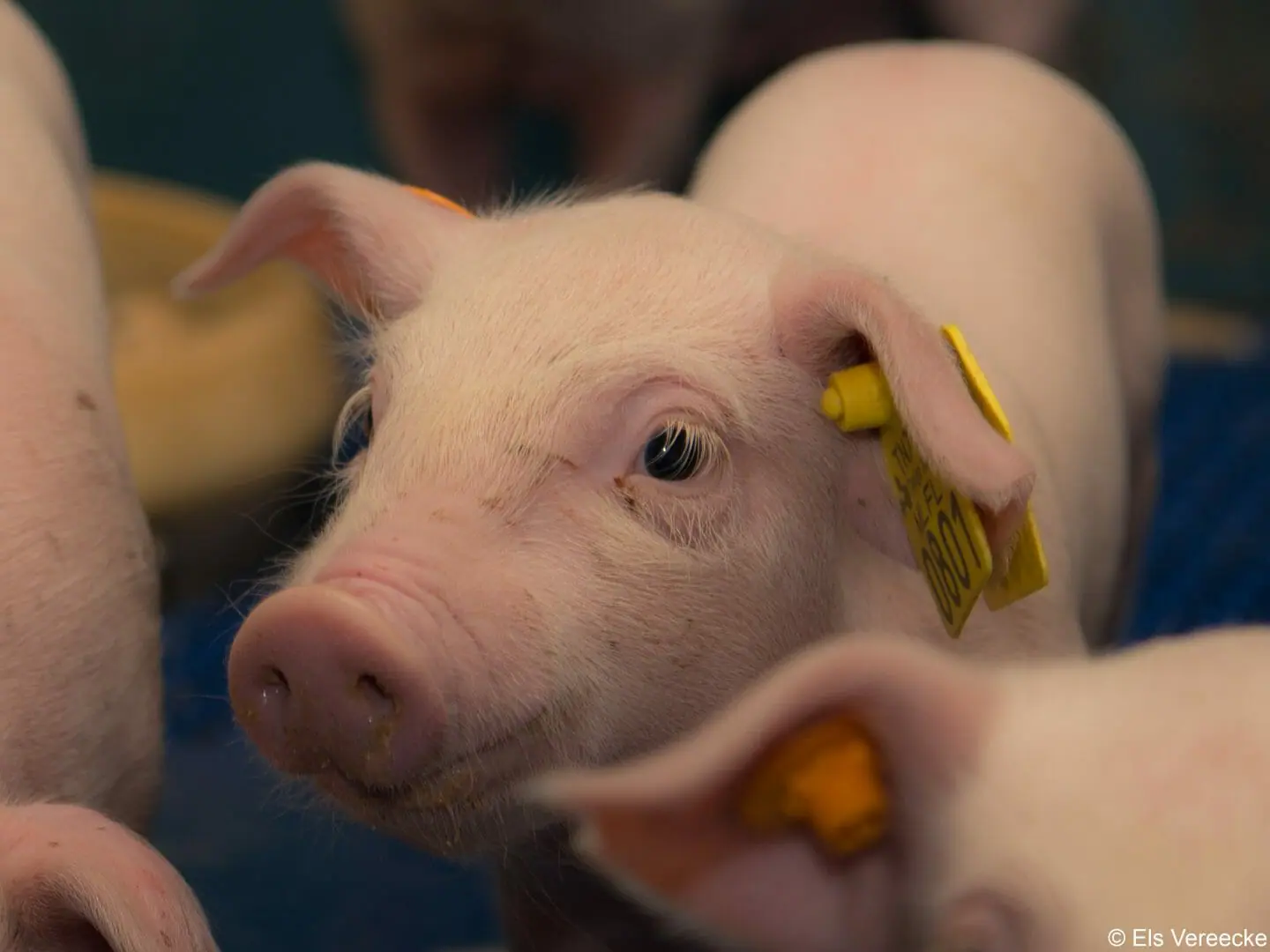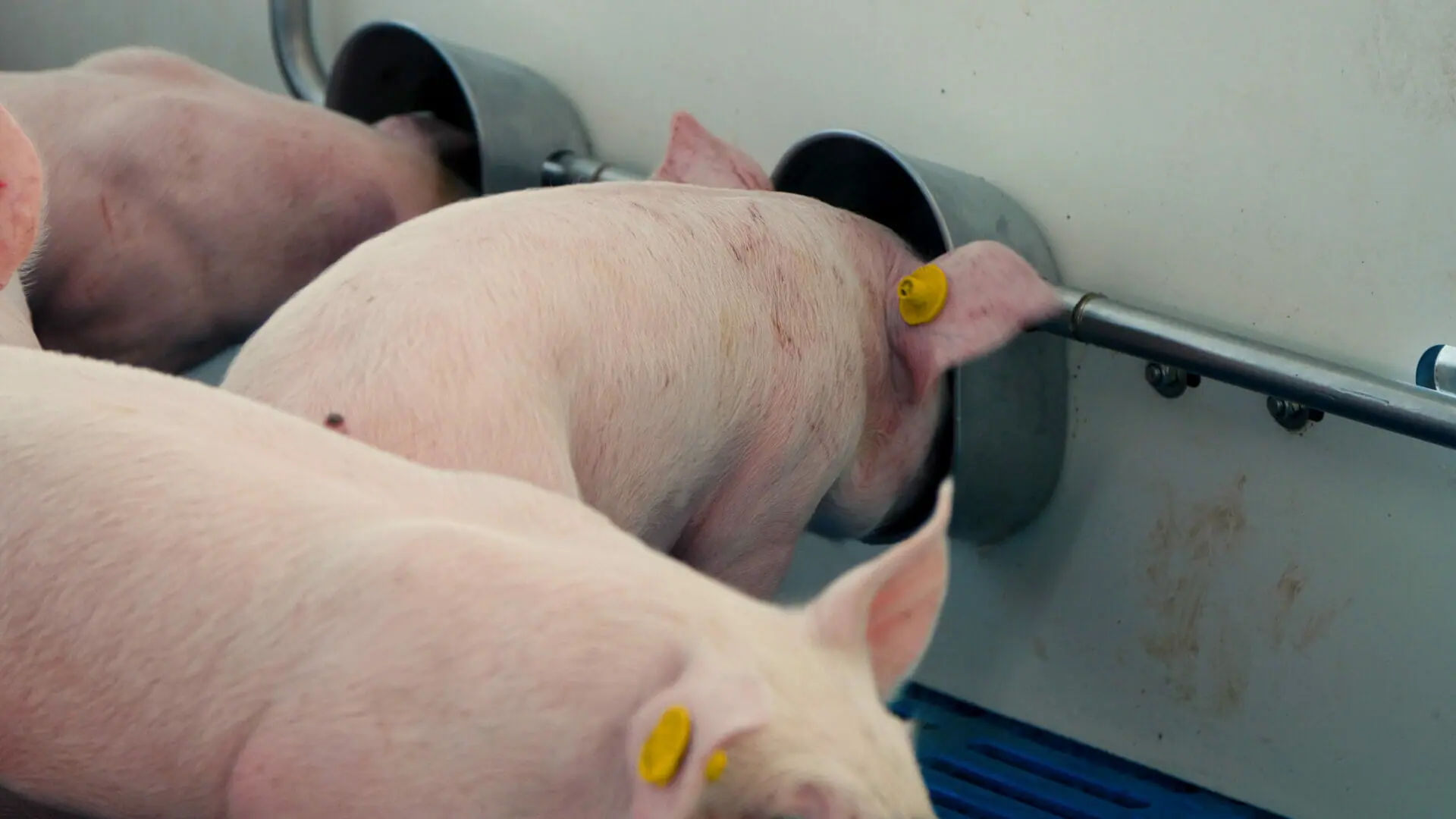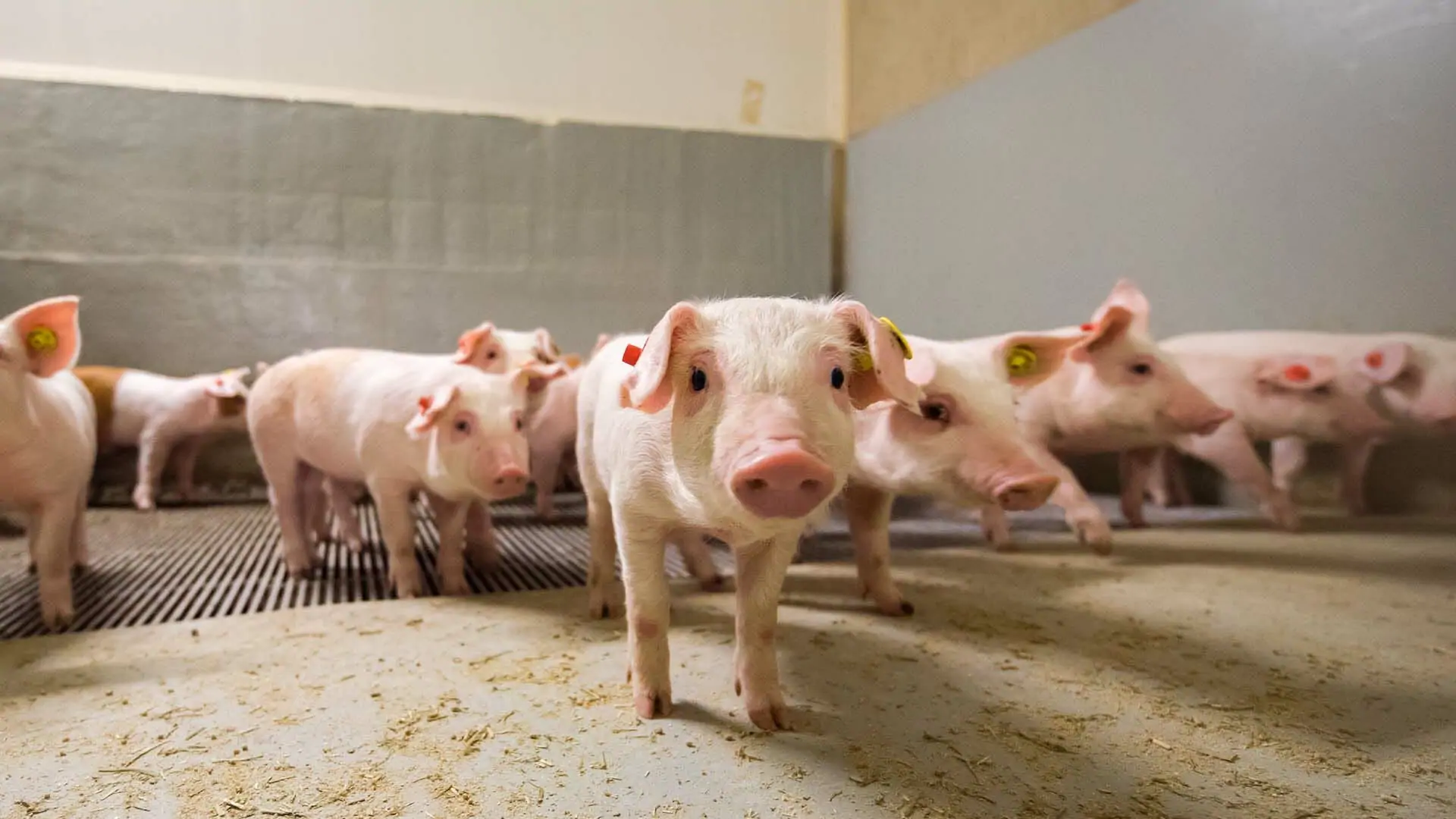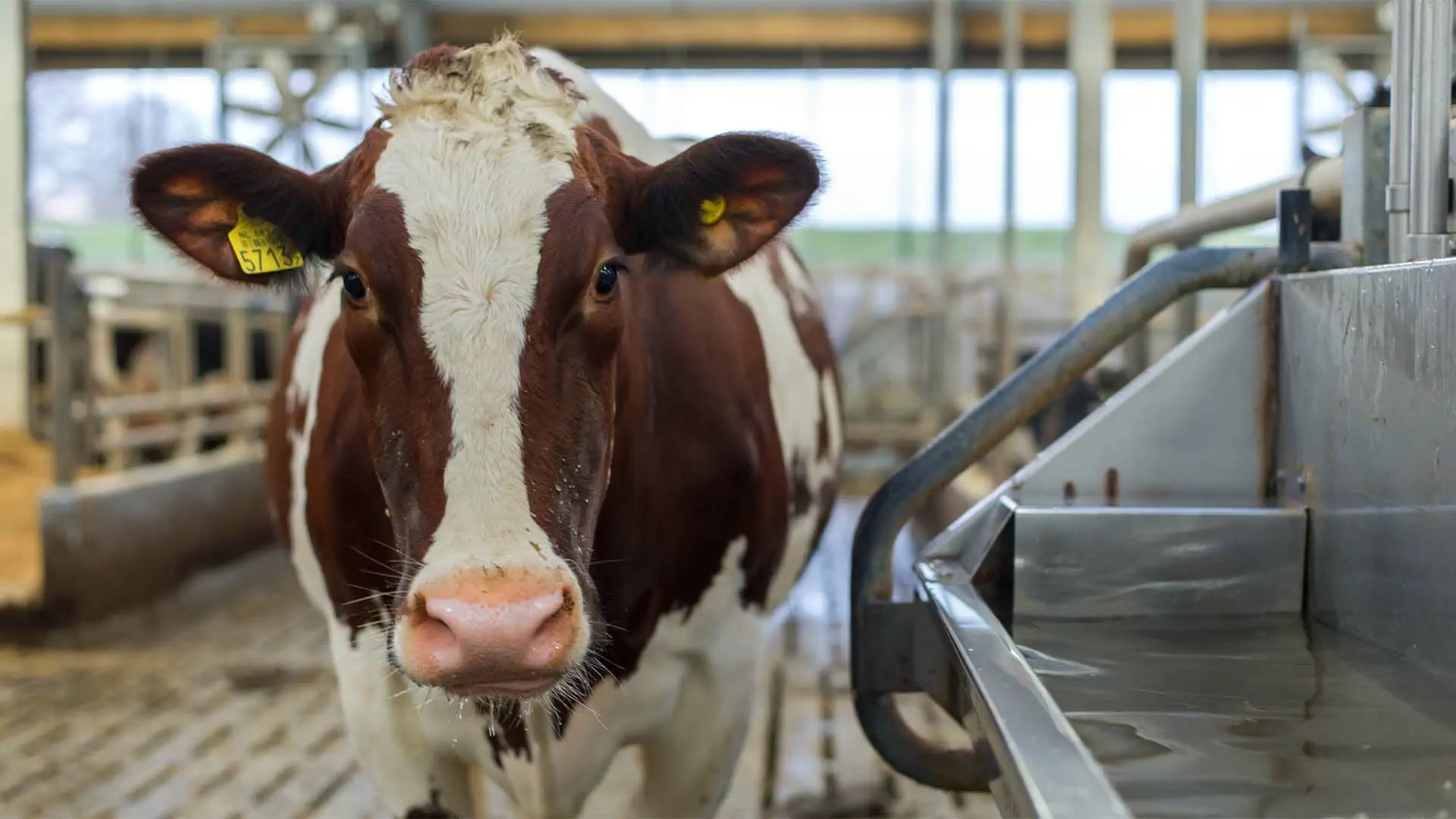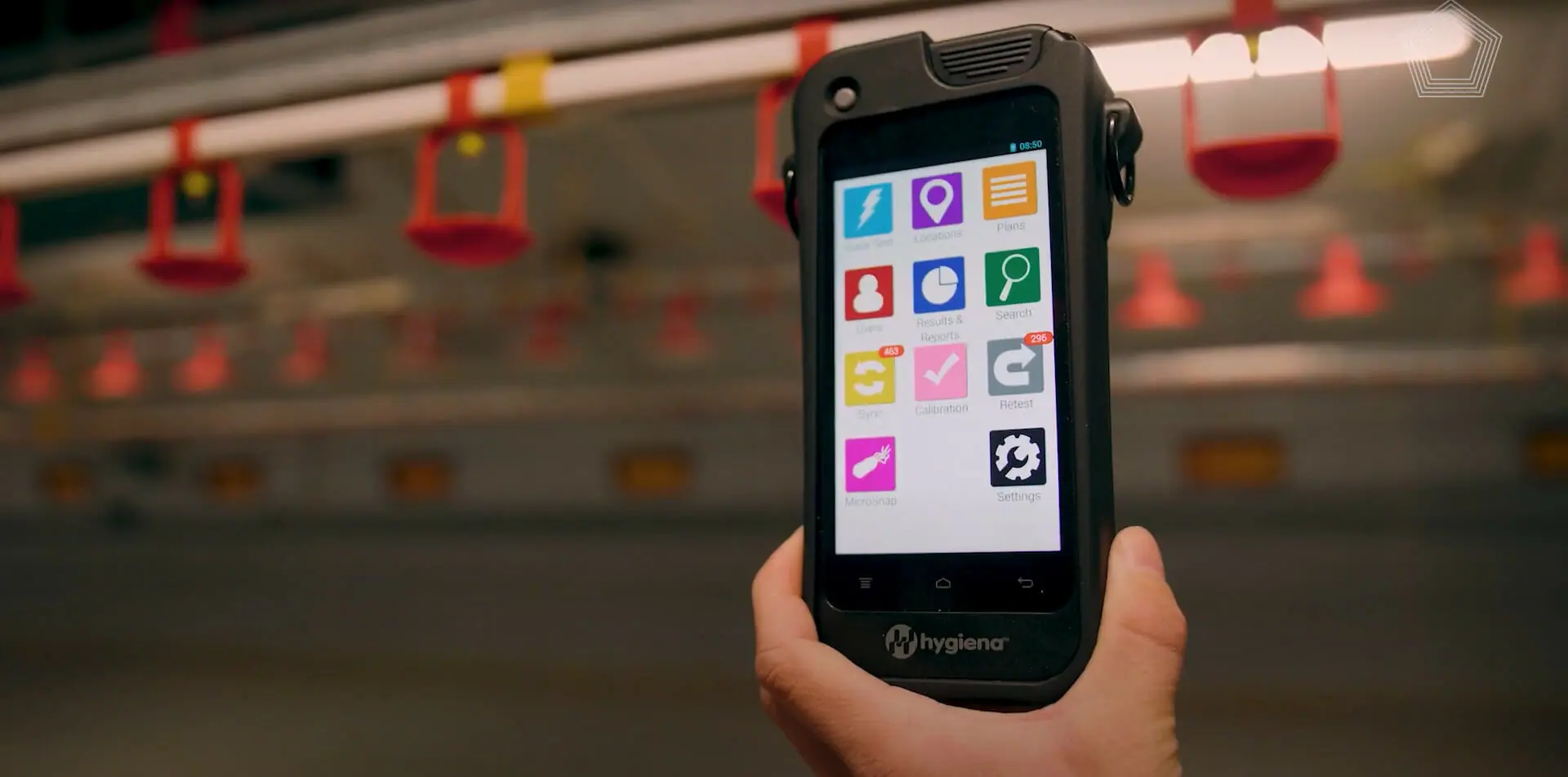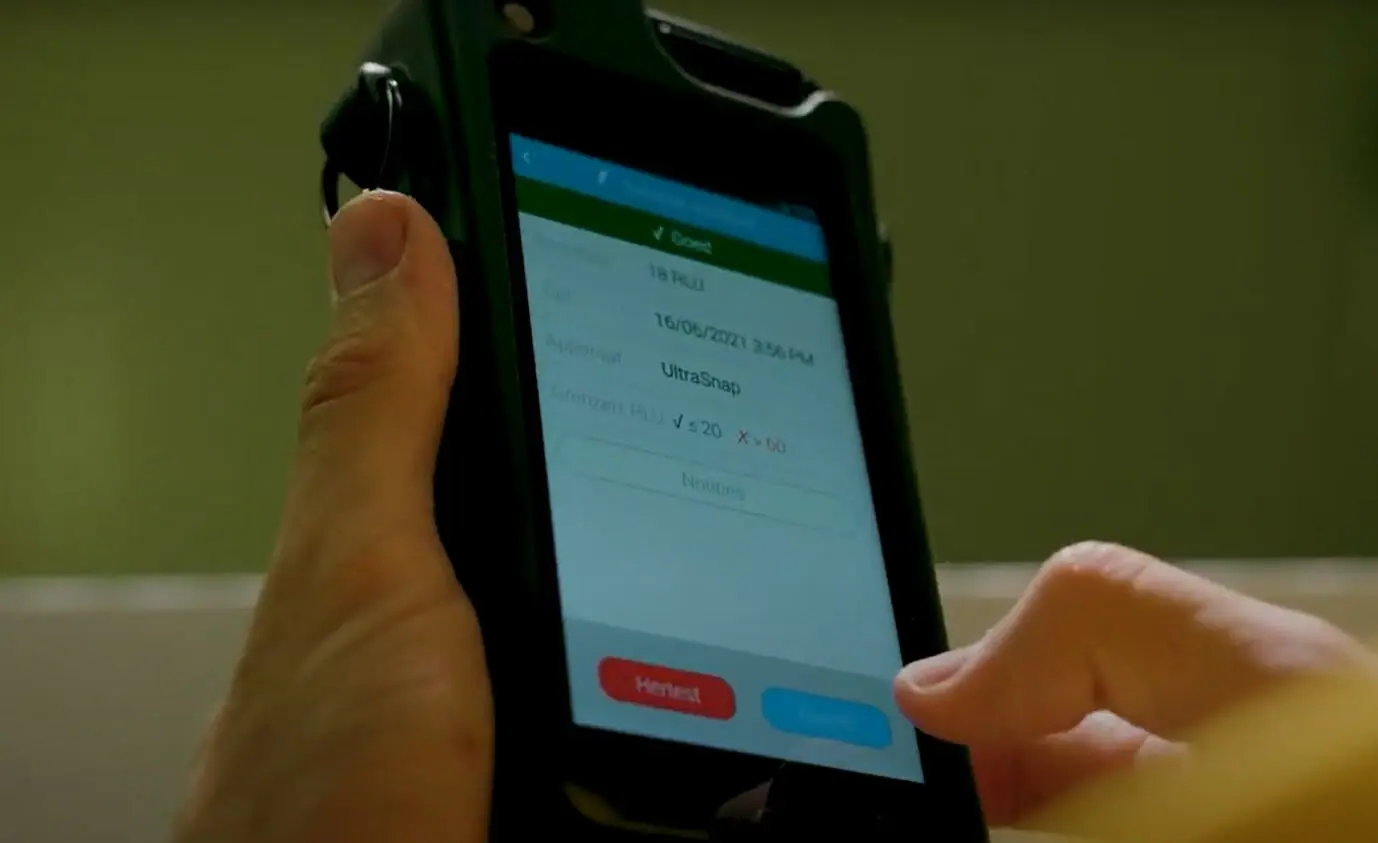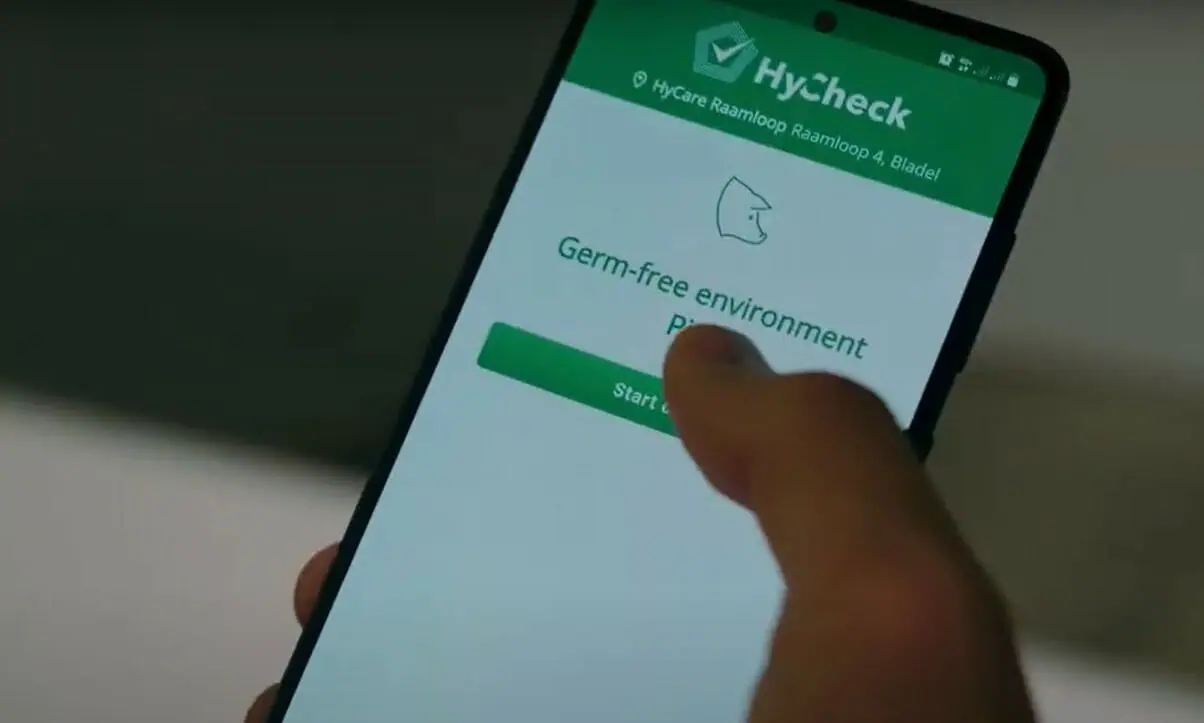What is HyCare?
HyCare is a hygiene management method for pig farming. It is built on five individual pillars, two of which are maximum attention for hygiene and drinking water quality, with the objective of improving operational results for pig farmers. The healthy living environment, reduces disease and stress in animals and boosts their immune systems. This leads to a significant decrease in the use of antibiotics, while the animals have much more energy to grow, resulting in improved operational and financial results for pig farmers.
In practice
At Dutch test farm and research centre ‘De Raamloop’, the HyCare method has proven to return spectacular results. While this is encouraging to say the least, this environment is not identical to a practical situation. This is why De Heus Animal Nutrition decided to do further research on a large scale. The HyCare standards were implemented at three individual pig farms three years ago, after which they were monitored extensively. Upon implementing the method, they continued to use piglets from the same breeding company and with the same genetics, to ensure a reliable comparison.
Unlimited feed and longer tails
As some predict the demand for pigs with intact tails will increase in a few years, this became part of this research. The pigs received unlimited feed, as it is known that it reduces agitation and stress and with it, tail biting. Data gathered afterwards, showed that healthy piglets in a HyCare setting that had access to unlimited feed, had a better feed intake. It increased with 10-20% in comparison to traditional settings, while also improving the feed conversion ratio.
Different feed composition
The improved feed intake and health means that HyCare pigs need less nutrients normally fed to them to boost their immune systems. Consequently, the feed composition was changed to adapt to the new situation. As most of the change comprised of reducing the amount of expensive nutrients, it led to a significant reduction in feed price. The ultimate results in this respect proved to be a reduction in feed expenses per kg of gained weight and a significant improvement in daily growth rate (850 to 950 grams).
